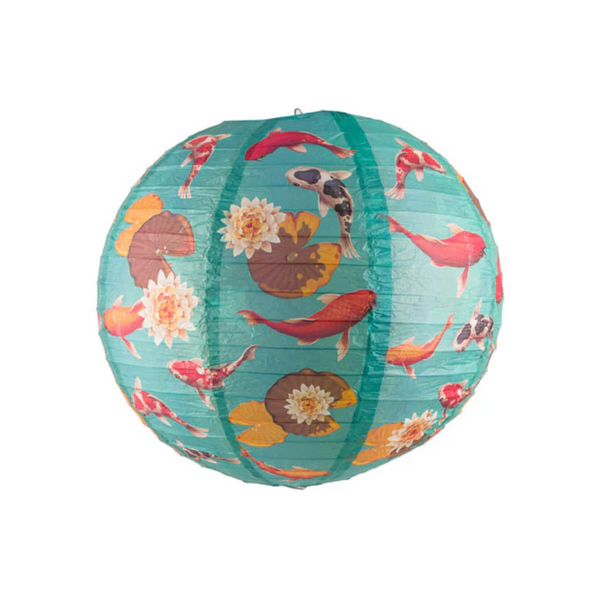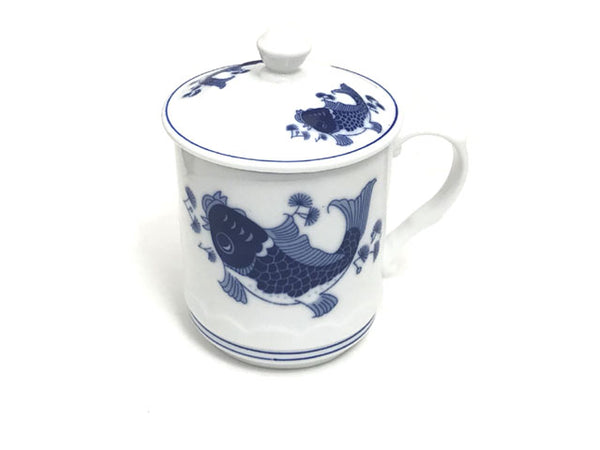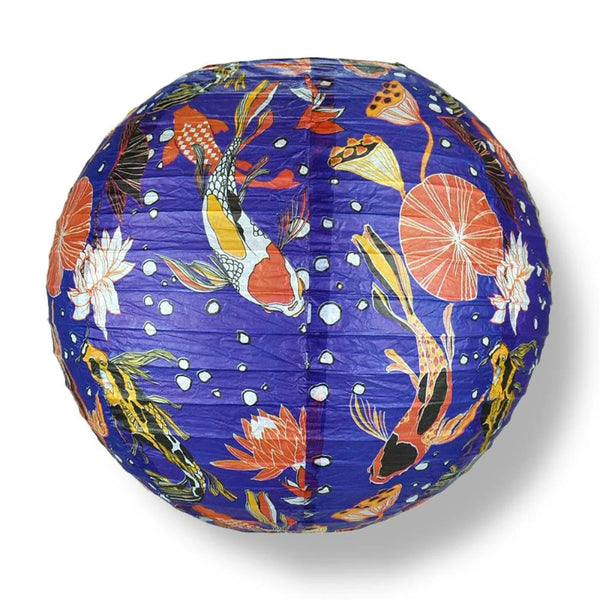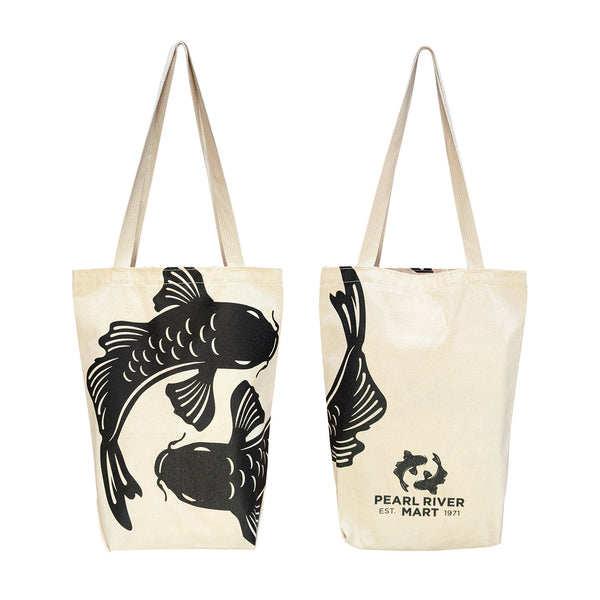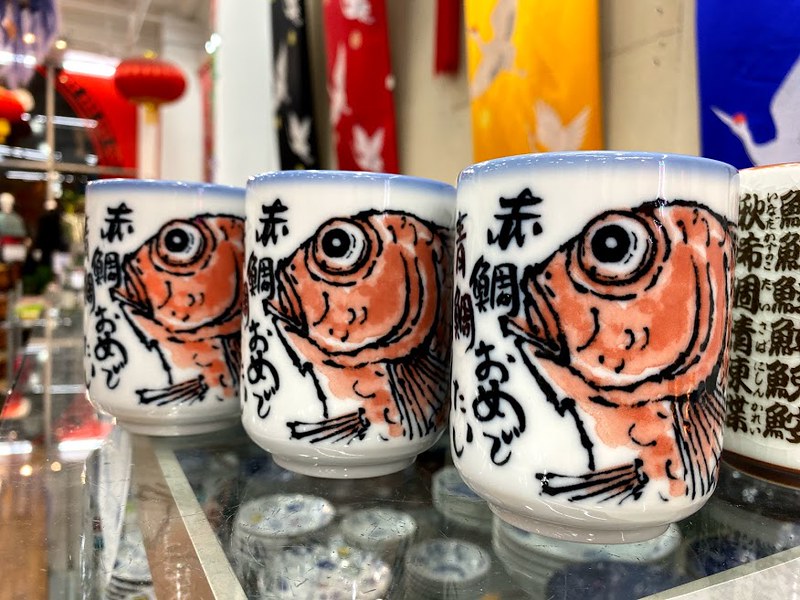
From Abundance to Victory: Five Ways Fish Swim in Significance in Asian Culture
If you’ve ever perused our aisles or website, you might have noticed that fish are a big theme. You'll see it in everything from ceramics to parasols and lanterns to silk scrolls to figurines. That’s because the aquatic creature plays an important role in various Asian cultures. Here are five ways our finned friends swim in significance.
‘Fish’ is a pun for ‘abundance’
An important Lunar New Year tradition is eating auspicious foods (and lot of them), including fish. That’s because the Chinese word for fish, yu (鱼) sounds like the one for abundant (裕).

Because of that you might also see the fish motif in a lot of Lunar New Year decor, like this happy child with a large carp.
Double fishiness

There's a reason Pearl River has a double fish as its logo. It's one of the eight Buddhist treasures. Before they were adopted into Buddhism, two golden fishes represented the Ganges and Yamuna Rivers of India. In the religion they came to mean happiness and freedom since they can freely swim through water, which in turn stands for freedom from being trapped in a cycle of earthly rebirth.
Also symbolizing tenacity, domestic felicity, and fertility, this twice-as-bountiful symbol is also often used for Chinese weddings, much the way double happiness is.
A gravity-defying carp has a starring role

Woodblock print of "Carp Swimming up a Waterfall" by Yashima Gakutei
The Chinese love their four-character idioms. One is liyu tiao long men, or “carp leaps the Dragon Gate,” referring to the legend of a very determined swimmer that could leap up the Dragon Gate waterfalls of the Yellow River — and as a result transform into a dragon.
While the proverb originally referred to students passing difficult imperial exams, it now means overcoming any struggle or adversity.
Fish fly for children in Japan

Photo by Tomio344456 (CC BY-SA 4.0)
In Japan, Children’s Day is celebrated every May 5. It was first known as Boys’ Day — with Girls’ Day held on March 3 — and colorful koinobori or carp banners were flown to represent their courage and resilience. After 1948, it was changed to Children’s Day although it seems many families still focus on their male children on this day, understandable since girls continue to have their own holiday in early March.
The red snapper stands for victory
In Japanese culture, the red sea bream is an especially auspicious fish. Its name tai sounds a lot like o-medetai, Japanese for joyous, auspicious, or deserving celebration. That’s why you’ll often see tai on Japanese ceramics or held aloft by victorious politicians and sumo wrestlers. The bigger the better for sumo champs!
Want more about animals in Asian cultures? Check out a brief history of cats and some fun facts about elephants.
